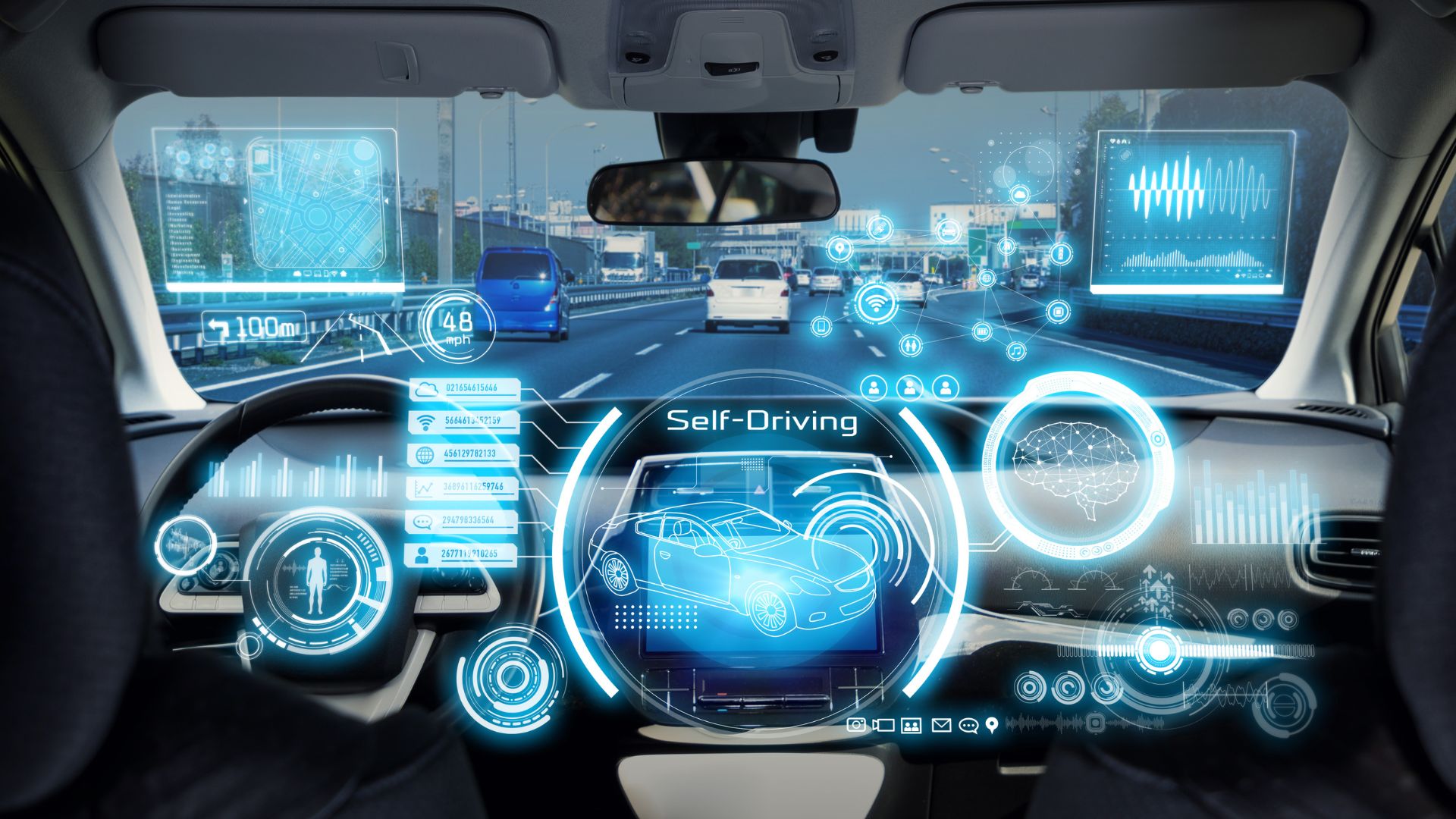AI in the Auto Industry
Certified Content Writer at Big Valley Auto Auction. Victor likes to mix storytelling and humor into his articles.
In 2020, the Hyundai Sonata introduced a new Smart Park system. This feature can move the car into and out of tight parking spaces without a driver at the controls. This is just one example of AI technology being used in the automotive industry.
Although Big Valley Auto Auction has never encountered a self-parking vehicle, we are aware of the latest technology entering our industry.
In this article, you’re going to learn how AI is used in the automotive industry, the pros and cons that come with it, and the potential effect it will have on future vehicles.
After reading this article, you’ll have the information needed to prepare for the next phase of the auto industry.
How is AI Used in the Auto Industry?
When you think of self driving cars, you think of the future and the year 3000. However, this evolution has come sooner than expected. In 2009, Google’s self-driving project began, and in 2015, the first fully autonomous vehicle hit the road. These cars had custom sensors, computers, and steering and braking, with no steering wheels or pedals.
What Are the Pros and Cons of AI in the Auto Industry?
AI in the auto industry is a major breakthrough. However, like any new technology, it has its good and bad features. We’re going to break down the 6 pros and 2 significant cons AI features provide to vehicles.
Pros
- Driver assistance systems
- Voice recognition technology
- Manufacturing and car design
- Detects critical defects
- Sensors
- Self-driving cars
Driver Assistance Systems
Some vehicles have AI driver assistance features, such as adaptive cruise control, automatic emergency braking, and parking assistance. These systems improve safety and enhance the driving experience by providing additional support to the driver.
Voice Recognition Technology
Just like you can ask Siri or Alexa to do something, drivers can use voice recognition to perform tasks without having to touch any controls. This allows drivers to control multiple functions in the vehicle, such as making phone calls, adjusting temperature settings, and selecting music, without taking their hands off the wheel or eyes off the road. This reduces distractions and minimizes the risk of accidents caused by manual interaction with devices while driving.
Voice recognition technology also makes vehicles more accessible to individuals with disabilities or those who may have difficulty manually operating controls. This feature allows automotive manufacturers to reach a different audience of drivers.
Manufacturing and Car Design
AI algorithms can analyze vast amounts of data related to materials, safety requirements, and customer preferences to optimize car designs. This can lead to more efficient and innovative designs that meet both functional and visual requirements.
In manufacturing processes, AI can analyze data from sensors and machines to predict when equipment is likely to fail. This allows for preventative maintenance, reducing downtime, and improving production efficiency.
AI-powered computer vision systems can inspect components and finished vehicles for defects more quickly and accurately than human inspectors. This ensures that only high-quality products reach the market.
Critical Defect Detection
AI-powered computer vision systems can be used to visually inspect cars for defects. These systems use cameras and image processing algorithms to detect anomalies such as scratches, dents, misalignments, or other irregularities in the car's body, paint, or components.
Modern cars have numerous sensors that monitor various aspects of the vehicle's performance and condition. AI algorithms can analyze data from these sensors to detect abnormalities that may show critical defects, such as unusual engine vibrations, abnormal temperature readings, or irregularities in sensor data patterns.
Sensors
Sensors can monitor engine health by detecting issues such as overheating, fuel pressure, and exhaust system leaks.
Battery performance can also be monitored by sensing the voltage level, battery temperature, and predicting the remaining lifespan of the battery.
Self-Driving
AI is already heavily involved in the development of self-driving cars. Self-driving cars rely on a combination of artificial intelligence, machine learning, computer vision, and other technologies to perceive their surroundings, make decisions, and navigate safely without human interaction. They can detect objects, pedestrians, road signs, and other vehicles, making real-time decisions based on this information.
Cons
- Safety
- Privacy
Safety
While some aspects of AI help improve safety, there are also concerns about the safety implications of AI in cars. One concern is the potential for AI systems to malfunction or make errors, leading to accidents.
AI in cars also raises questions about liability and responsibility in the event of accidents or failures. Determining who is at fault when an AI-driven vehicle is involved in an accident can be difficult and may require new legal frameworks.
Privacy
Another concern is the possibility of AI systems being hacked or manipulated, which could compromise the safety and security of the vehicle and its occupants. Manufacturers need to implement extreme cybersecurity measures to protect against these threats.
AI-powered systems in cars often collect and analyze vast amounts of data about drivers' behavior, preferences, and locations. This raises privacy concerns about how this data is used, stored, and potentially shared with third parties.
How Will AI Affect the Future of the Automotive Industry?
AI is already leaving an impact on the auto industry. Features that were once considered exclusive, like parking assistance, will eventually be common to the most basic models.
If you’re a car dealer preparing for the future of your industry, or just someone interested in advancements in technology, you can use this article as a guide to help you get ready for what lies ahead.
AI isn’t the only leading trend in the auto industry. Electric vehicles are leaving their mark, as well. Click the banner below to learn more about the rise of electric vehicles.



